Best Time to Visit Khopra Trek: A Seasonal Guide for Trekkers
When you think about trekking in Nepal, you probably think of the great Himalayan peaks, lush valleys, and excitement of the trip. Among many treks, the Khopra Trek is one of the most rewarding and lesser-used trails in the Annapurna region.
However, as is the case with any trekking experience in Nepal, the perfect time to be at the Khopra Trek can either make or break your experience. Be it looking for greens, awesome mountain views, or a skiing adventure in a winter wonderland, understanding the seasons will give you the maximum out of your experience.
Thus, if you are wondering when the best time to visit Khopra Trek is, this detailed seasonal guide will help you out with that. I will guide you through each of the four seasons, talk about weather conditions, and offer advice on when to plan your trek. After all is said and done, you'll have clarity of when to go, what to expect, and how to make your trek a prized memory.
Spring (March to May): The Best Season for the Khopra Trek
Let’s start with the most popular season for trekking in Nepal — spring. From March to May, spring offers some of the best trekking conditions, and this is when I recommend trekking on Khopra Ridge.
Why Choose Spring?
Spring is a magical time in Nepal. The weather is perfect, neither too hot nor too cold, and the landscape comes to life with vibrant blooms. If you’ve ever seen photos of the Annapurna region covered in a blanket of rhododendron flowers, you’ll know why this season is a favorite for trekkers.
Here's why spring is the best time to go for the Khopra Ridge Trek:
Clear Mountain Views: One of the highlights of spring trekking is the clear mountain views. There are long-distance views of the Annapurna and Dhaulagiri mountain ranges due to the usually clear skies.
Pleasant Temperatures: The temperature ranges from 10°C to 20°C during the day. It's chilly enough to avoid overheating yet warm enough for comfortable trekking. Even though the nights can grow cold, particularly at higher elevations, they are tolerable.
Flora and Fauna: It's breathtaking to see the rhododendron forests in full bloom. You will be surrounded by vivid colors as you stroll through verdant forests. You'll also probably see some of Nepal's wildlife, such as different kinds of birds and maybe even a Himalayan tahr or red panda.
Stable Weather: A smooth walk is made possible by the generally consistent springtime weather with little possibility of rain. The trekking conditions are perfect, and there aren't many interruptions.
However, since spring is one of the peak trekking seasons in Nepal, you should expect moderate crowds on the trail. But don't let that discourage you!
Autumn (September to November): The Peak Trekking Season
If you ask most trekkers, they will tell you that autumn is the best time to trek in Nepal, and for good reason. From September to November, the weather is perfect, the views are clear, and the trails are in prime condition. This is when I would recommend most trekkers go for the Khopra Trek.
Why Trek in Autumn?
For a number of reasons, autumn is frequently regarded as the ideal season to go on the Khopra Trek.
Clear Skies and Views: After the monsoon, the skies clear up, providing crystal-clear views of the Annapurna and Dhaulagiri ranges. This is one of the highlights of autumn trekking. The visibility is perfect for taking in the stunning landscapes.
Ideal Temperatures: The pleasant trekking temperatures in the fall vary from 5°C to 15°C. The trip is comfortable because it's neither too hot nor too chilly. However, it is advisable to take thick clothing because nights can get colder at higher elevations.
Dry Trails: The trails are dry, and you’ll have no trouble trekking on solid paths, which is a relief after the slippery conditions of the monsoon. This makes autumn the best season for the Khopra Danda trek.
Festivals: In Nepal, Autumn coincides with some of the biggest festivals, including Dashain and Tihar. You might possibly encounter some local festivities if you're in the Annapurna region during these festivals, which would give a cultural element to your journey.
Autumn is the peak trekking season, so be prepared for more trekkers on the trail. If you prefer a quieter experience, you may want to book your accommodations in advance and plan your route to avoid the most crowded sections.
Why You Should Avoid the Monsoon and Winter?
Even while the winter and monsoon seasons are charming, most travelers may not find the best trekking conditions at these times. The following explains why the Khopra Trek is best avoided during these seasons:
Monsoon (June to August): What Are The Challenging Conditions?
The monsoon season in Nepal lasts from June to August, and heavy rains make trekking difficult. This is one solid reason why you might not want to trek during monsoon season.
Slippery Trails: Heavy rain makes the trails unsafe, increasing the risk of falls. Wet paths make trekking harder, especially for beginners.
Cloud-Covered Views: During the monsoon season, dense clouds frequently cover the highlands, covering the stunning views of the Annapurna and Dhaulagiri mountains. Instead than enjoying the beauty, trekking is more about the route.
Leeches and Insects: The Monsoon brings a lot of leeches and mosquitoes, which can cause discomfort for trekkers. You'll need to bring insect repellant and exercise additional caution.
For experienced hikers, hiking during the rainy season can be an exciting challenge, but most people shouldn't do it.
Winter (December to February): Harsh Cold
Winter trek to Khopra Ridge is possible only for people who can endure the ice cold. In the months of December to February, the area is extremely cold, especially in upper regions.
Extremely Cold Temperatures: Temperatures can dip to -10°C or lower at higher elevations. While the vistas are breathtaking, the cold can be severe and uncomfortable, particularly for people who are not accustomed to such temperatures.
Snow and Frozen Trails: Snow frequently covers the upper locations making trekking more challenging on slippery paths. To ensure comfort and safety, specialist equipment such as boots and warm clothing are needed.
Closed Teahouses: Many teahouses close during the winter due to low foot traffic, so you may find it harder to get accommodation along the trail. This can make your trek more challenging if you’re not fully prepared.
Winter trekking on Khopra Ridge can be an unforgettable experience for adventurers, but the cold, snow, and few amenities make it unsuitable for the majority of trekkers.
Conclusion: Choosing the Best Season for Your Khopra Trek
The best trekking seasons in Khopra are spring (March-May) and autumn (September-November). The climate of both seasons is ideal with clear sky, dry trails, and moderate temperature, which is more favorable for trekking. Trekkers enjoy the sight of colorful rhododendron flowers in spring and a peaceful trek in autumn with cultural tour.
The monsoon and winter seasons pose the problems of wet trails and cold temperatures, and they are not suitable for most trekkers. The Khopra Trek is best experienced in the autumn and spring, when the weather is pleasant and the sights are breathtaking.
Ready to take your adventure? Make your trek with Dolpo Caravan and uncover the beauty of Khopra and beyond.
Contact us today to start your trekking adventure in Nepal!
FAQs
What is the best month for the Khopra Trek?
March to May and September to November are the finest months for hiking, as they provide great views and temperate temperatures.
Can I do the Khopra Trek in winter?
Indeed, winter trekking is feasible, but because of the cold temperatures and potential for significant snowfall, it calls for the right equipment and planning. We do not suggest it.
Is the Khopra Trek difficult?
Because of its moderate difficulty, the walk is appropriate for hikers with rudimentary fitness levels. Higher elevations, however, can be difficult for some people.
Are permits required for the Khopra Trek?
Indeed, in order to walk in this area, you will require both a TIMS card and the Annapurna Conservation Area Permit (ACAP).
How many days are required for the Khopra Trek?
It typically takes 7 to 10 days to complete the journey, depending on your speed and level of acclimatization. With us, you may reserve a dependable and comfortable trek.

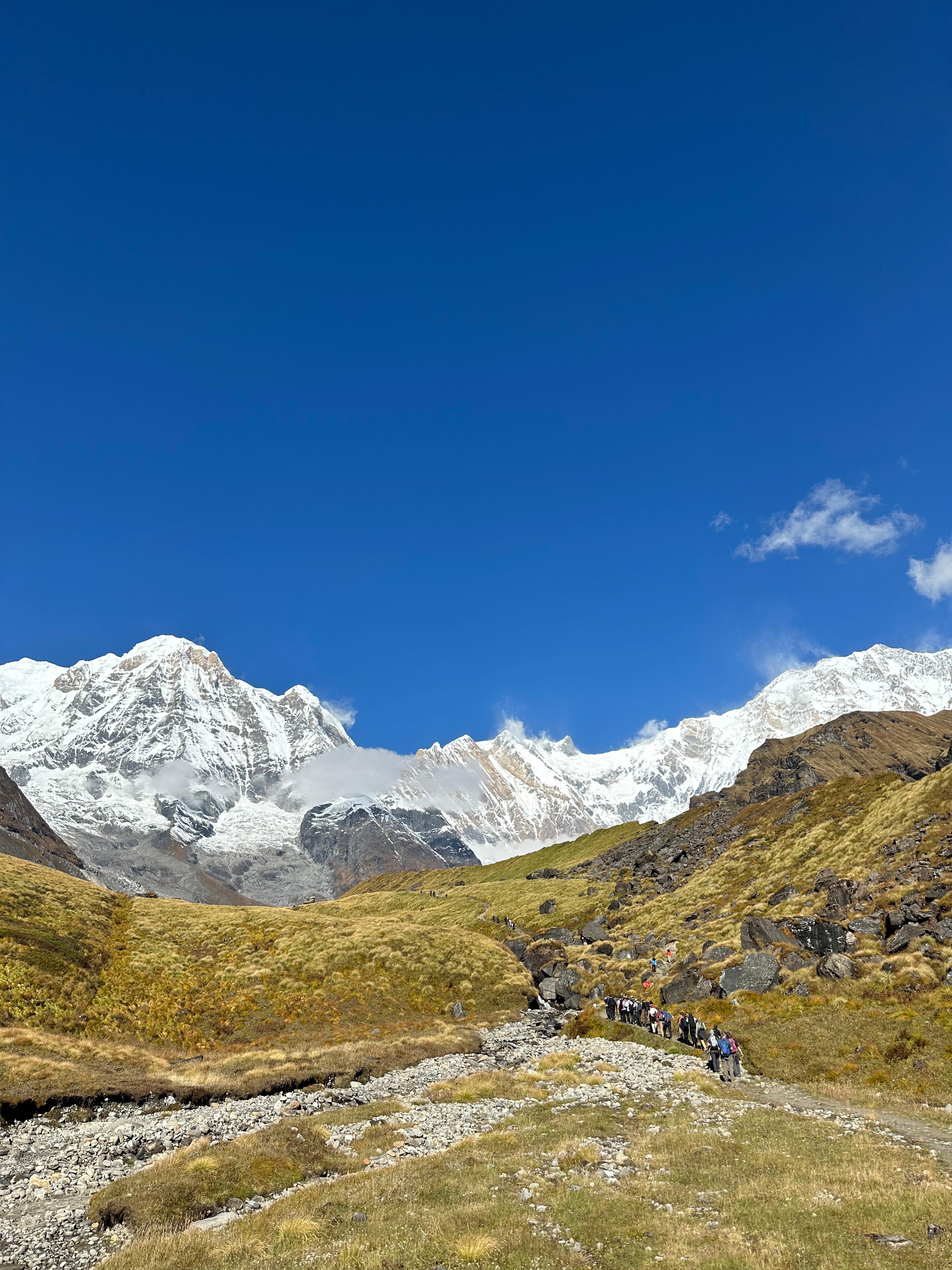
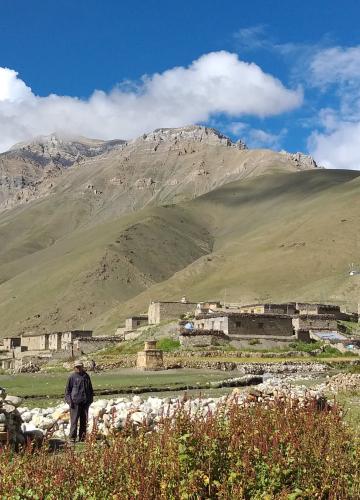
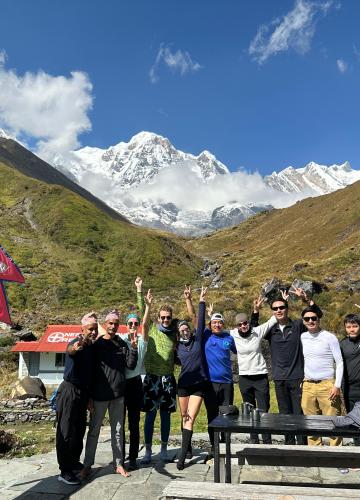
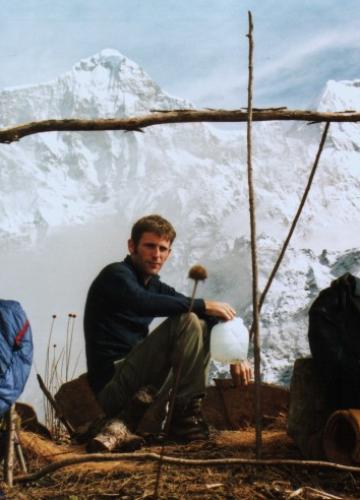
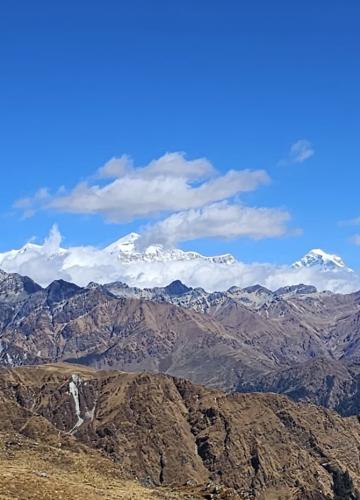
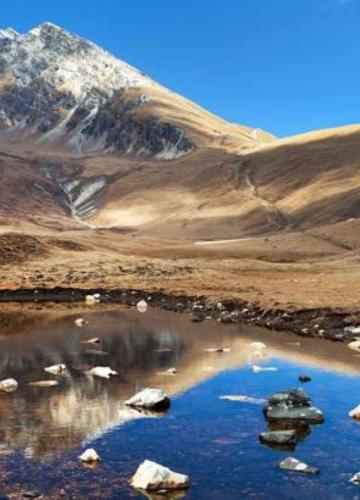
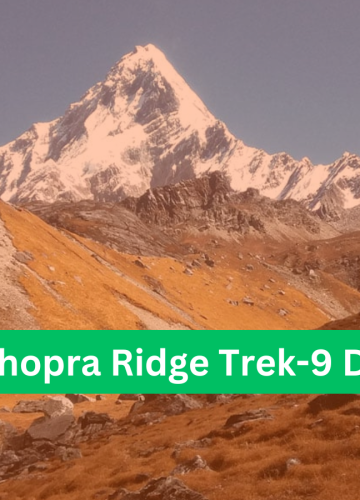

Leave Your Comment